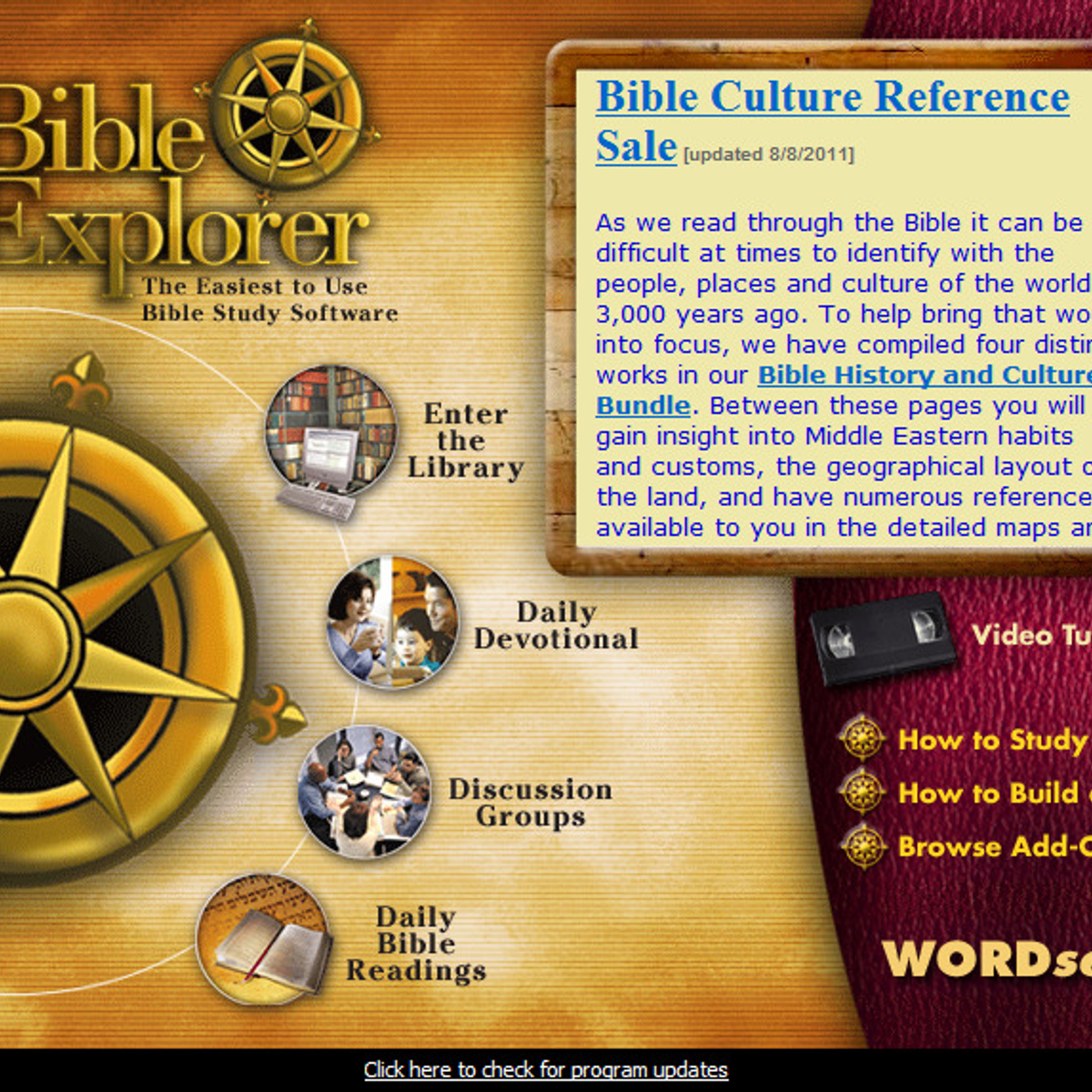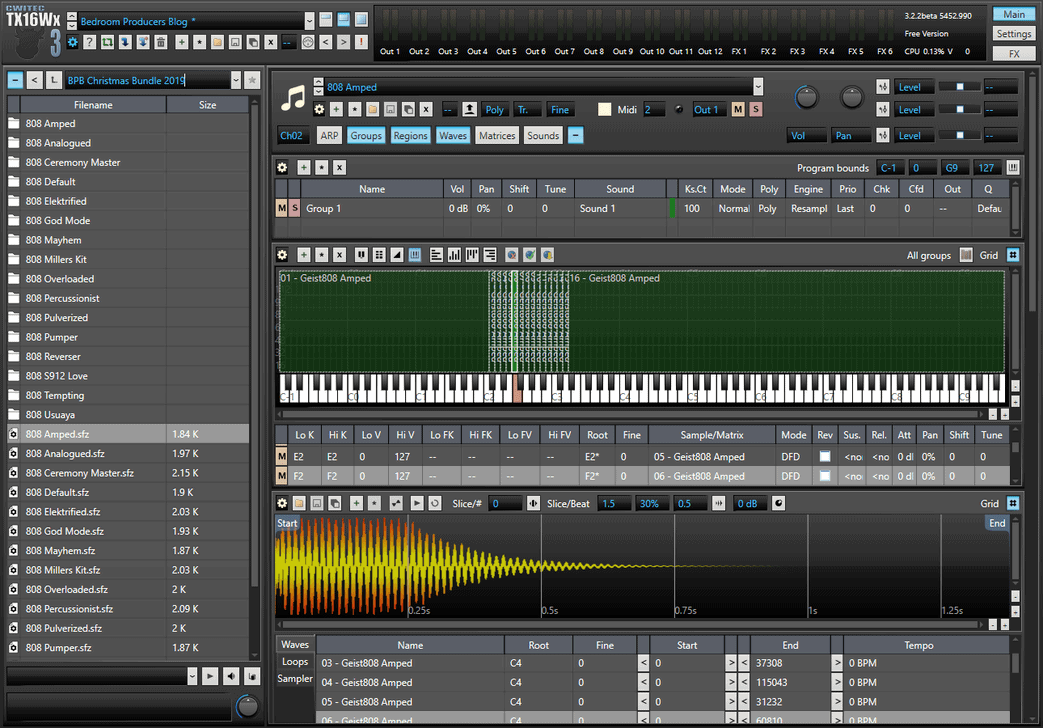Best Free Music Notation Program
Crescendo Plus for Mac features a wide variety of text, key signatures, time signatures, and notation symbols all on a free-form layout to give you complete control over your music creation.
What is Denemo?
This is excellent music notation software. It is free to use software which changes the way you write music. It is easy to use and can export drum loops. It has an auto-layout system which writes snippets and scores. It also allows a music playback. It is used for high-quality music notations. A great sheet music notation app on iOS. For any music lover or composer, Notation Pad gives you the ability to read, compose, edit, playback scores and write lyrics. With it you can be a talented composer and great musician anywhere. As long as you have a little knowledge of sheet music, you can wr.
Denemo is a free music notation program for GNU/Linux, Mac OSX and Windows that lets you rapidly enter notation which it typesets using the LilyPond music engraver. Music can be typed in at the PC-Keyboard (watch demo), or played in via MIDI controller (watch demo), or input acoustically into a microphone plugged into your computer’s soundcard.

Denemo uses LilyPond which generates beautiful sheet music to the highest publishing standards. During input Denemo displays the staffs in a simple fashion, so you can enter and edit the music efficiently. The typesetting is done in the background while you work, and is generally flawless publication quality. Some final tweaks can be done on the typeset score with the mouse if needed (watch demo). This represents an enormous practical improvement over the popular programs which require you to re-position colliding notation constantly as you enter the music. See comparison with Musescore, Finale or Sibelius.
Unique to Denemo are methods to enter music in a musical, rather than mechanical, manner. This can be used for transcribing scores. In an ideal world we would just ‘play in’ the music, but this cannot be done reliably. If you try it, you find you spend more time spotting errors and fixing them than is pleasant. Instead, Denemo allows you to use the numeric keypad as a kind of rhythm instrument – you play in a phrase or two of the music using the number keys to indicate the note durations. Audible feedback lets you hear what you have entered; playing the phrase a second time on a real instrument adds the pitches to the rhythm. Again, Denemo gives you audible feedback so that you don’t enter E-flat when you meant D-sharp etc. You have to play the right notes in the right order, but your timing can be as sloppy as you like. Watch a 5 min demo.
New in version 2.5.2 is a pitches-first method – play in the piece first and then the rhythms – this way you hear the music in both stages – see demo
Another great feature is the ability to put links in the score to the original source document that you transcribed from. Clicking on such a link opens the document for you and highlights the bar you are looking at. You can use this to continue work from where you left off, or for looking back at the source to check a doubtful bar.
Beginner to Professional: Denemo can be used for a brief student homework all the way to a full-scale opera. Support is there for creating the widest range of notation – Tablature, Chord Charts, Fret Diagrams, Drums, transposing instruments, ossia, ottava, cue, title pages, table-of-contents, critical commentaries, footnotes quoting music, and more with LilyPond’s extensive syntax available for even more demanding uses.
Best Free Music Writing Software For Mac
In Brief: Denemo is a free (GPL) music notation editor, creating notation straight from your input that outshines the commercial competition (comparison with other score writers). You can compose, transcribe, arrange, listen to the music and much more. Watch a demo (and some other demos).
Free Music Notation Software For Mac
